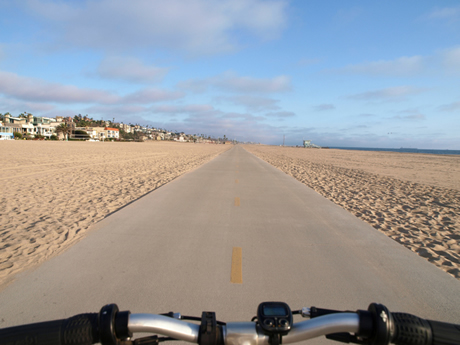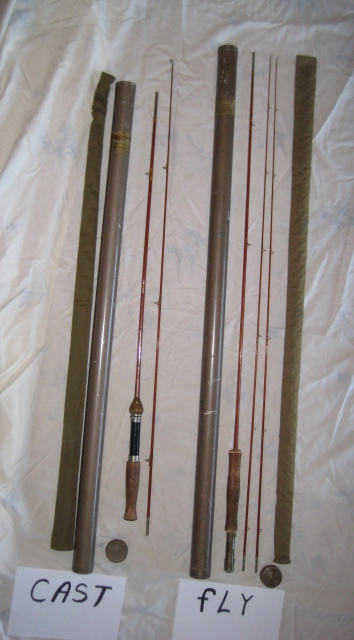Hand/Eye Coordination & Reaction
Question
Any drills or programs (software or website) that will help me with my Hand/Eye coordination and reaction time? This is the only reason why I did not make the softball team last year. One example would be playing in the outfield and the ball goes in the air and I react slow to it and do not judge it right. and plus I was pretty nervous and thinking too much (which I am confident I won't do that this year at the tryouts and just look at the ball and only the ball and not think about anything else.). I am going to tryout in fall of 07 (September) for community college again. and I am really working on my reaction time and hand/eye coordination. I can catch really well and hit well. The position I play is outfield. If I can get this all down really well I should be able to make the team in the fall. I am taking Racquetball this Spring semester and I am hoping that helps me with my hand/eye coordination and reaction (I heard it does), and also change of direction too.
Also - have you heard of "ATHLEVISION" software from Japan? I use it sometimes at Velocity Sports Performance (I am a member there) and I do not know where to purchase it to help me with my reaction and judging. I looked all over the internet, but cannot find it anywhere and the coaches at VSP do not know either.
Thanks for reading and hope to hear from you soon. I am hoping to improve my reaction time/judging the ball, hand/eye coordination, improve my baserunning to under 12 seconds from home to home, and from home to first or first to second I am hoping to get under 3 seconds (for my speed, I am relying on velocity sports performance to help me), stop thinking too much, and stop being nervous (especially when I am up to bat).
Mon
Answer
Hello, Mon. It is always good to hear from players who sound as enthusiastic about the sport as you do. Unfortunately in younger leagues and even in high school not near enough attention is spent on developing outfielders. One of the biggest problems most people have is there running style. If you run on the balls of your feet it will cause your eyes to bounce when chasing after a fly thus making it hard to judge. I would suggest you spend some time running sprints while focusing on a particular object and adjust your technique to minimize the focal point from bouncing. Once you have accomplished this, you need someone to hit you several balls a day. There is absolutely no better way to learn how to judge fly balls than repetition. I would suggest getting baseballs hit to you at first since they are harder to judge and smaller. When you feel comfortable running in or back on baseballs, switch over to softballs. I know this probably isn't the advice you were looking for, Mon, but this will help you more than any drills I could give you. The main thing to remember is never run in on a ball until you are sure it is short. An old cliche Coaches like to use is "your first step should be back". I don't agree totally with this, but until you realize where the ball is going no jump is better than a jump in the wrong direction. There is no worse feeling in the game than having one drop barely over your head when you know you miss-read it initially.
I did a little research on "ATHLEVISION" , but didn't find out much. You may want to [google] some of the author's listed below below and see if it helps you find what you need. I hope some of this was helpful and please let me know if I can assist you with anything else.
Coach Mike
P.S. Good luck in your try-outs.....
DeLucia, P. R., & Cochran, E. L., ?i1985?j. Perceptual information for batting can be extracted throughout a ball's trajectory. Perceptual Motor Skills, 61?i1?j, 143-50.
?tHornor, D, G. ?i1982?j. Can vision predict baseball players hitting ability? Poster presented at the American Academy of Optometry Annual Meeting, Abstract available in American Journal Optometry Physiology Optometric. 59, 69.
?tIshigaki. H. & Miyao, M. ?i1993?j. Differences in dynamic visual acuity between athletes and nonathletes. Perceptual and Motor Skills, 77, 835-839.
?tLoran, D. F. C. & MacEwen, C. J. ?i1997?j. Sports Vision. Boston: Butterworth- Heinemann.
?tLong, G. M. & Riggs, C. A. ?i1991?j. Training effects on dynamic visual acuity with free-head viewing. Perception, 20, 363-371.
?tLong, G. M. & Rourke, D. A. ?i1989?j. Training effects on the resolution of moving targets- dynamic visual acuity. Human Factor, 31?i4?j, 443-451.
?tMaeda, A. & Tsuruhara, T. ?i1998a?j. Effect of batting practice by using high speed pitched balls on kinetic visual acuity of baseball players. Training Science, 10?i1?j, 35-40.
?tMaeda, A. & Tsuruhara, T. ?i1998b?j. Batting training by using super high speed ball to increase batting performance visual kineticacuity. Baseball Clinic, 8, 22-25.
?tMcBeath, M. K. ?i1990?j. The rising fastball: baseball's impossible pitch perception. Perception, 19?i4?j, 545-552.
?tMiller, J. & Ludvigh, E. J. ?i1962?j. The effect of relative motion on visual acuity. Survey of Ophthalmology, 7, 83-116.
?tRouse, M. W., DeLand, P., Christian, R. & Hawley, J. ?i1988?j. A comparison study of dynamic visual acuity between athletes and nonathletes. Journal of the American Optometric Association, 59?i12?j, 946-950.
?tSanderson, F. H. & Whiting, H. T. A. ?i1978?j Dynamic visual acuity: a possible factor in catching performance. Journal of Motor Behavior, 10, 7-14. ?@
ASA slowpitch rule
2 man mechanics


